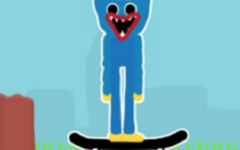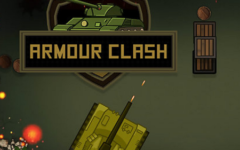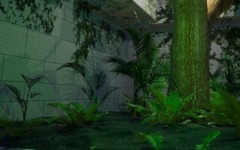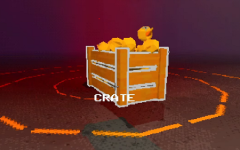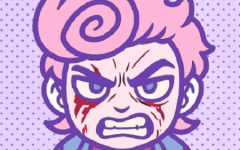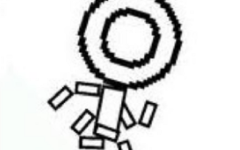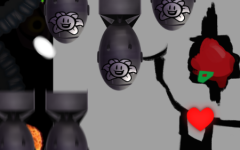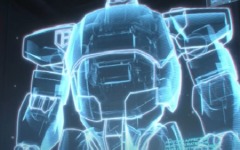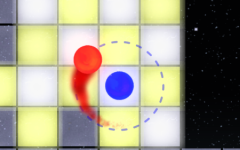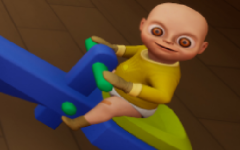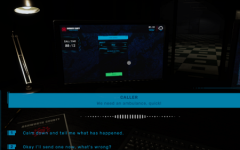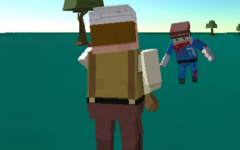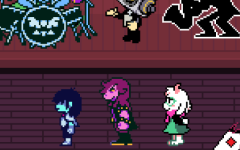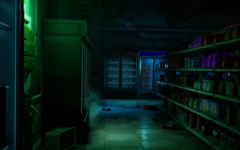Advertisement
Red Finger
Advertisement
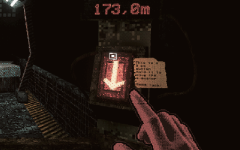
Red Finger is a short horror game where the player takes on the role of an elevator operator in a decaying research facility buried deep underground. The task appears simple: operate the lift, follow instructions, and descend into unknown levels. But the deeper the elevator goes, the more unstable and disorienting the environment becomes. Built for Ludum Dare 57 under the theme “Depths,” the game uses minimal interaction to build atmosphere, relying on subtle environmental changes and fragmented visual clues.
Warnings Ignored, Silence Maintained
The elevator control panel is crude, held together by flickering lights and taped-up notes left by previous operators. Some signs warn of malfunctions, while others are vague reminders that something once went wrong here. The facility gives off a sense of abandonment, yet systems still respond, and certain lights still flicker on as if expecting someone. Each new floor presents variations—faint radio sounds, flickering overhead lamps, or unfamiliar machinery humming behind walls. You’re left to press buttons and wait, even when the signs suggest you shouldn’t.
Minimal Interface, Maximum Pressure
Red Finger’s strength lies in how it uses its simplicity. The act of pushing a button becomes a ritual, each press taking you further into uncertainty. The game does not rely on combat, dialogue, or puzzles; instead, it builds discomfort through space, repetition, and the illusion of control. The lack of traditional threats creates room for quiet tension, as the elevator becomes a fragile link between safety and the unknown. In the end, Red Finger transforms a mechanical routine into something deeply uneasy, using depth as a theme, and as a slow collapse into isolation.























































































































